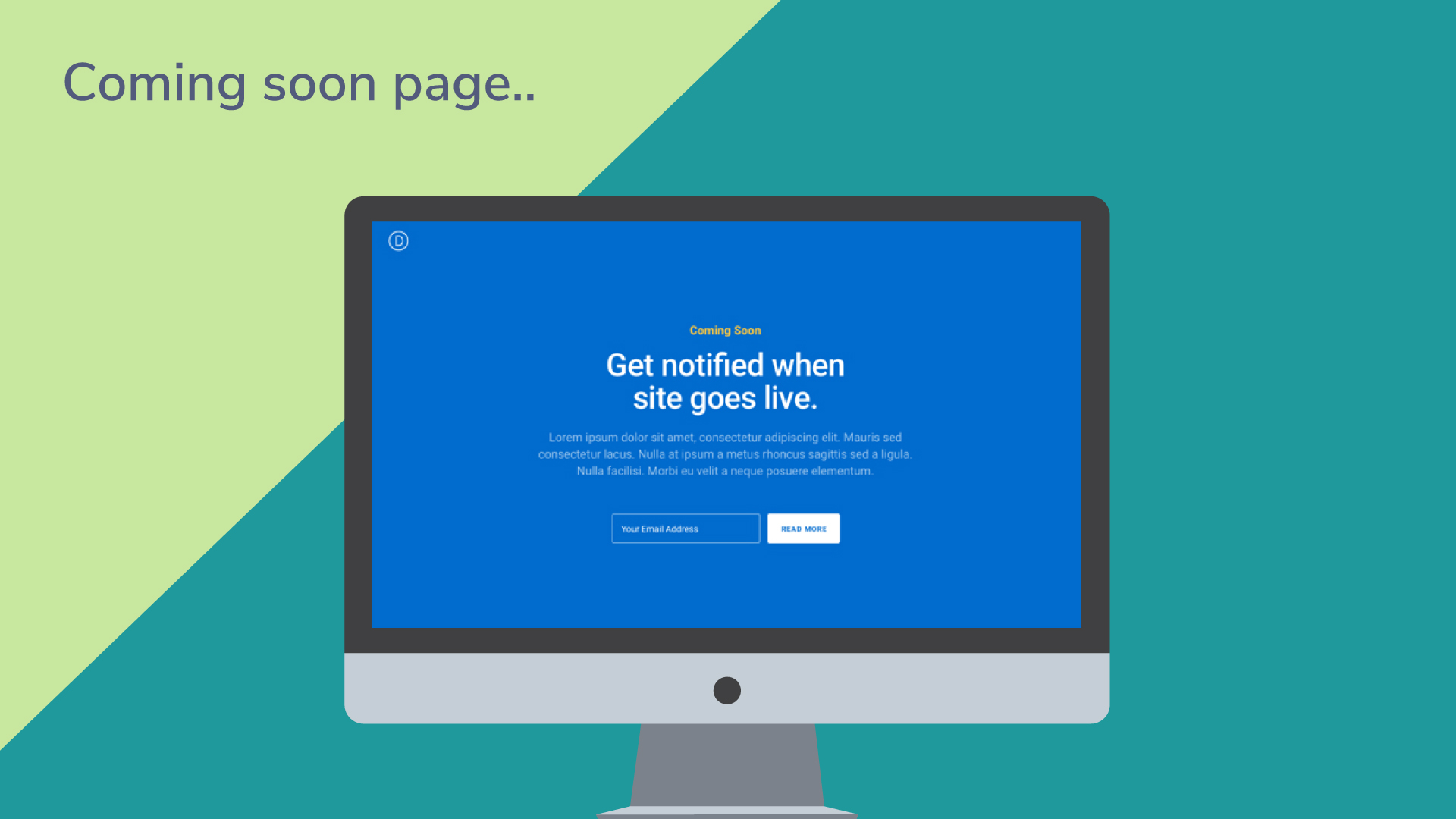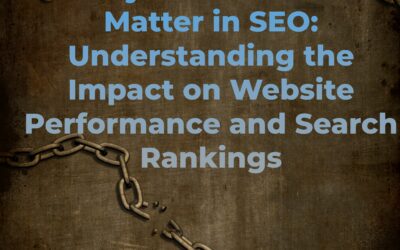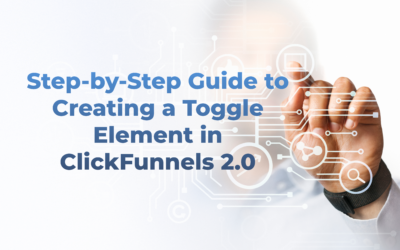This is one of hundreds of videos where I answer the most commonly asked questions small business owners have about website development. Here’s the funny thing, I kind of batch these videos together when I make numerous at a time and I’ve changed my shirt several times and not my pants once. I mean there’s no need for me to change my pants, that’s what I’m saying. This just got awkward.
Under Construction: Process of Developing a New Website
When a business is in the process of developing a new website, it’s common to wonder how to maintain an online presence effectively during this transitional period. Today’s question is, “How can a business website be used while it’s under construction?” This inquiry is particularly relevant for those who may be hesitant about how to engage potential customers while awaiting the launch of their new site.
If you already have an old website, the simplest approach is to keep it active until your web developer completes the new design. This way, your audience has a place to find information about your business, access your services, and contact you directly. When the new website is ready, your developer can easily switch it live within a matter of hours, ensuring minimal downtime for your online presence.
However, what if this is your first website, and you don’t have an existing one to rely on? In this case, displaying an “Under Construction” notice is not the most effective way to engage visitors. Instead, consider creating a simple landing page to serve as a placeholder. At wpXPRESS (formerly Fiddler Online), we often recommend this solution to our clients. A landing page can include several key elements:
-
Logo and Branding: Featuring your business logo prominently helps establish brand identity, even in a simple format. It gives visitors a sense of who you are and what you stand for.
-
Contact Information: Include your phone number, email address, and physical address if applicable. This information allows potential customers to reach you easily, even when the full website is not yet operational.
-
Hours of Operation: If you have set hours for your business, make sure to include them. This information is crucial for customers trying to determine when they can reach you.
-
Basic Information: Provide a brief overview of your business. This can include what you offer, your mission statement, or any other essential details that will inform visitors about your services.
-
Email Signup Form: Adding a section where visitors can enter their email addresses to receive updates can be incredibly beneficial. This way, you can keep potential customers informed about the website launch, special offers, or any other news related to your business.
By implementing a simple landing page, you can maintain communication with potential customers and show that you are actively working on improving your online presence. This proactive approach not only prevents visitors from encountering an “Under Construction” message but also keeps your business on their radar.
Moreover, it’s essential to consider the potential impact on your brand image. An unfinished or inactive website can create a negative perception among potential customers, leading them to question your professionalism or reliability. By providing even minimal information about your business, you demonstrate that you are organized and committed to serving your customers, even during a transitional period.
Another strategy is to utilize social media platforms to communicate with your audience. Share updates about the website’s development process, tease upcoming features, or even share content related to your industry. Engaging with your audience on social media can drive interest and build anticipation for the new site, creating a sense of community around your brand.
Once the new website is live, don’t forget to inform the subscribers who signed up on your landing page. A launch announcement email can create excitement and encourage visits to the new site, further driving traffic and potential conversions.
In conclusion, using a business website while it’s under construction is entirely feasible with the right strategies in place. Whether you’re maintaining an old site or creating a temporary landing page, the goal is to keep your audience engaged and informed. By including essential information, maintaining communication through email sign-ups, and leveraging social media, you can ensure that your business remains visible and relevant even before your new website officially launches.
Remember, having an online presence is critical for any business today, and you shouldn’t let the development process hinder your visibility. Instead, embrace this time as an opportunity to connect with potential customers and build anticipation for your upcoming website. If you need further assistance or would like to discuss your specific needs, feel free to reach out. We at wpXPRESS are here to help you navigate this process smoothly and effectively.





0 Comments